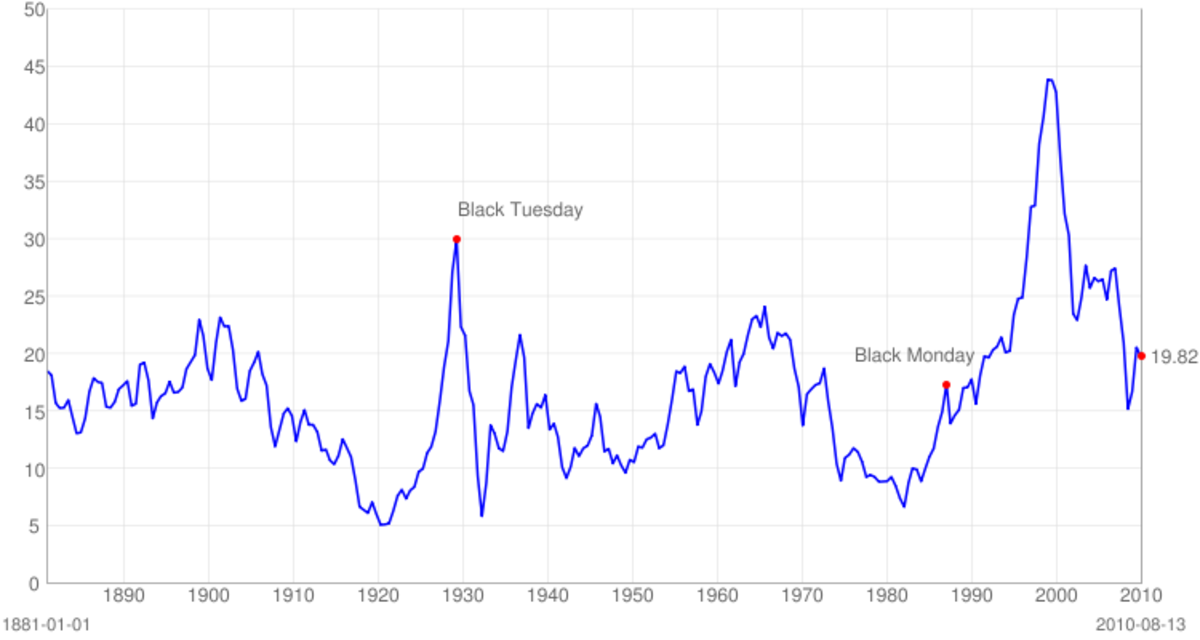FINANCIAL ANALYSIS TECHNIQUES - Activity Ratios
Introduction to Financial Analysis Techniques
To become a value investor, ones must know how to evaluate company financial statement. There are many ways to evaluate financial statement of a company. One of the ways is through comparing financial ratio of the company with the industry average ratio.
There are 5 major category of financial ratio as followed:
- Activity ratios
- Liquidity ratios
- Solvency ratios
- Profitability ratios
- Valuation ratios

Introduction to Activity Ratio
As an investor or future investor of a company, a person need to know who is managing the company (the directors) and how well they utilise the company asset to maximise the profit. There is where the activity ratios are used for, to measure how well a firm utilise the company assets in day-to-day tasks. Activity ratios are also known as asset utilization ratio or operating profit ratio. Activity ratio is calculated using the value obtain from income statement and balance sheet.
Activity ratios usually have average a balance sheet value (ie, average receivable, average inventory, average payable, average asset and etc) at the denominator of the calculation. Analysts usually use the average between the beginning of the year value and ending of the value because the value is available at the annual financial report. However, an average can be takes over a three point for semi-annual report and five points for quarterly report. Some analysis prefers to take average of as much points as possible especially the product is seasonal.

Inventory Turnover & Number of Days of Inventory on Hand
Inventory Turnover = Cost of Goods Sold / Average Inventory
Days of Inventory on Hand = 365 / Inventory Turnover
Inventory turnover indicated the resources of a company which is tied up by inventory. Inventory turnover is a good indication for inventory management effectiveness. There are two possibilities a company with higher inventory turnover compared to industry norm:
1) The company manage their inventory effectively (high sales, high inventory turnover)
2) The company have does carry enough inventory for the market demand (low sales, high inventory turnover).
The second scenario is bad for a company since the company is not running on maximum profit.
However a low inventory turnover might indicated that the inventory start to obsolesce due to better substitute, technology changes or even change in fashion.
When analysis a company sudden change in inventory turnover compared to previous year, we have to look into the financial statement because an increase of cost of good sold will increase the ratio. An increase of cost of good sold can be cause by an increase of sales, these can be seen in the income statement where an increase of revenue as well. Besides that an increase of cost of good sold might be due to the management change the inventory valuation method such as from First in First out (FIFO) to Last in First out (LIFO) or FIFO to weighted average method in an inflation environment. LIFO only allowed to be used in US GAPP and NOT for IFRS reported company. The change of inventory valuation method can be found in the foot notes of the annual report. If there is a case the analysts had to convert the LIFO inventory to FIFO inventory when doing analysis.

Receivable Turnover & Number of Days of Sales Outstanding
Receivable Turnover = Sales / Average Receivable
Days of Sales Outstanding = 365 / Receivable Turnover
To calculate receivable turnover analyst usually use total sales instead or credit sales because total sales is easily available in the annual report while credit sales is not.
Days of Sales Outstanding (DSO) is to measure how fast a company is able to collect back the money from their creditors / customers. A higher DSO compared to industry norm indicated that the company having trouble to collected the money back from their creditors / customers. The will cause too much capital to be tied up in assets because the assets have been sold and the money is not receive yet.
On the other hand, if DSO is lower than industry norm means that the company is too stringent with the credit term. These cause disadvantage for the company compared to their competitor with more lenient credit term, as customer will go to the more lenient term. Hence the management is required to kept DSO as close to market norm as possible to prevent losing of customer but not too high because that will hold the capital in assets.
When analysis a company with a sudden change in DSO compared to previous year, we have to look into the financial statement because increase of sales or an impairment of receivable will cause the DSO to decrease. While a reduction of sales or an increase in receivable will cause the DSO to increase.

Payable Turnover & Number of Days of Payables
Payable Turnover = Purchase / Average Payable
Where : Purchase = Ending Inventory - Beginning Inventory + Cost of Good Solds
Days of Payables = 365 / Payable Turnover
Days of Payables (DOP) shown the number of days it takes for the company to pay their supplier. A high DOP shows that the company might having trouble to settle the debt on time or have a lenient supplier terms. To differential between these two, an analyst can look into a liquidity ratio. A high liquidity ratio means the company have lenient supplier term which will be an advantage to the company. For further understanding on liquidity ratio kindly look at my future posts on the liquidity ratio.
On the other hand, low DOP relative to the industry means the company is paying their supplier early. These will cause by either the company is not making full uses to the available credit facilities or paying early for a discount.
Working Capital Turnover
Working Capital Turnover = Revenue / Average Working Capital
Where Working Capital = Current Asset - Current Liability
The working capital turnover ratio gives us information about the utilisation of working capital in terms of a dollar sale. In other works working capital ratio indicates how efficiently the company generates its revenue with it working capital. A high working capital indicated the company is in good shape, it generate more money per working capital. However some industry / company work with zero or negative working capital. In this case the working capital turnover ratio cannot be use.
Fixed Asset Turnover
Fixed Asset Turnover = Revenue / Average Fixed Asset
This ratio shows how efficiently a company generates revenue from its fixed asset investment. A high fixed asset turnover ratio might means that the company has obsolete equipment which unable to produce revenue or the company is not fully utilise the equipment yet. However for low fixed asset turnover is might cause by a new equipment which had low depreciation value.
Total Asset Turnover
Total Asset Turnover = Revenue / Average Total Asset
The total asset turnover ratio measures the company’s overall ability to generate revenues with a given level of asset. Different industry will gives different total asset turnover for example manufacturing industry which is capital intensive might give a lower total asset turnover compare to retail. Therefore total asset turnover is used to compare the company to industry norm.
A higher total asset turnover ratio compared to industry norm indicates a greater efficiency. While a lower total asset turnover ratio indicates of inefficient or more capital incentive. This ratio can be used to indicates the management decision whether the management going for labour intensive approach or capital intensive approach.
Activity Ratios Criterias
Activity Ratio
| Criteria
|
|---|---|
Inventory Turnover
| > Industrial norm
|
Days of Inventory on Hand
| < Industrial norm
|
Receivable Turnover
| > Industrial norm
|
Days of Sale Outstanding
| < Industrial norm
|
Payable Turnover
| < Industrial norm
|
Days of Payables
| > Industrial norm
|
Working Capital Turnover
| > Industrial norm
|
Fixed Asset Turnover
| > Industrial norm
|
Total Asset Turnover
| > Industrial norm
|






